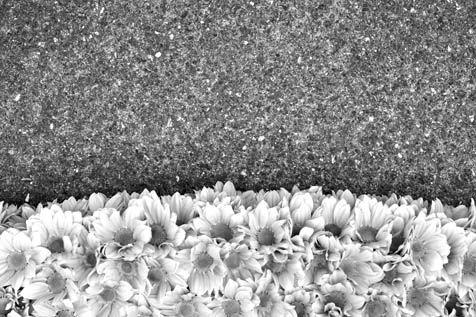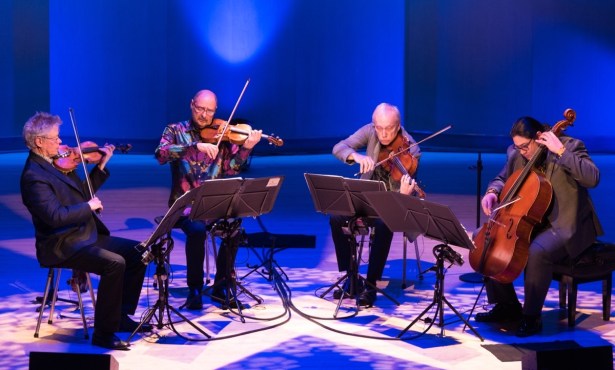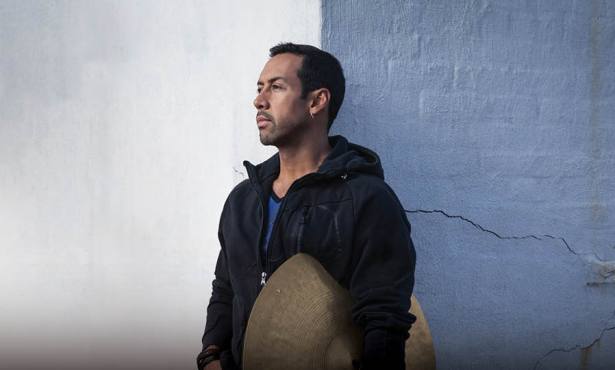El Mirasol
Life on a Polyculture Urban Farm

I wonder how many visitors to Alice Keck Park Memorial Gardens remember when the city block it occupies was not a manicured garden with tranquil koi ponds, but something entirely different. From 1971 to 1974, the Community Environmental Council (CEC)-under the direction of Paul Relis and Hal Conklin-sponsored an urban polyculture farm called El Mirasol, on the land then owned by the Santa Barbara Museum of Art. My association with the people and ideas that flourished on this 4.6-acre property helped to shape my life.
The long out-of-print but classic booklet Agriculture in the City, published by CEC in 1976, proclaimed that “agricultural systems harmonious with natural cycles should and could exist in an urban center.” This lofty ideal served as the framework for El Mirasol’s many activities and experiments. From the beginning, it was an exciting place. Adult Education classes taught how to double-dig raised garden beds; alternative energy pioneers constructed solar panels; volunteers transplanted seedlings in the net-covered geodesic dome; children collected still-warm eggs from the chicken coop; and neighbors purchased fresh vegetables from the farm stand. There were beehives and fruit trees on the farm’s periphery and a methane digester that ran on chicken manure.
I first stumbled upon this marvelous scene of New Age ideals in action when my future husband, John Evarts, and I moved to Santa Barbara in 1972. We were looking for a place to call home after a year of work and antiwar activism in Washington, D.C., and Santa Barbara’s beauty and small-town atmosphere enchanted us. We settled on upper Salsipuedes Street in a house rented by a woman named Iris, and started our own vegetable garden in the backyard, putting to test the techniques we were learning as volunteers at El Mirasol. But before the carrots and broccoli we had planted were ready to harvest, Iris’s landlord discovered that John and I were not married, and we were soon looking for a new place to live.
Even then, Santa Barbara was a hard place to find an affordable home or rental, and we were more than happy to move into the tool shed at El Mirasol as caretakers. The gravel-floored shed was spacious and we slept in a room walled off from the tool storage and communal kitchen space. Our bedroom soon gained architectural distinction: In a visit to El Mirasol, Art Boericke, author of the still popular Handmade Houses: A Guide to the Woodbutcher’s Art (1973), enhanced our abode by installing a raised wooden floor using only salvaged materials.
Life at El Mirasol was busy. Warren Pierce, a mycologist and disciple of master gardener Alan Chadwick, directed the farm’s few paid workers and numerous volunteers. On any given day, we gave tours of the farm to people of all ages. We prepared garden beds, weeded, watered, and harvested crops. We also made literally tons of compost.
One of the composting methods we used involved layering organic materials and required frequent turning. In two-week’s time, these piles were converted into a beautiful loamy fertilizer. To augment the piles, we collected manure from area stables and juice pulp from the old Sunburst juice factory. Once, Earl Warren Showgrounds delivered truckloads of urine-soaked hay, left by a visiting circus. The hay piles got really hot, emitted heady volumes of steam, and scared the neighbors into calling the fire department. After that, we topped our compost piles with a layer of soil and covered them with black plastic.
The people who worked at El Mirasol were an eclectic bunch. There was Craig, who would sit cross-legged in the garden to meditate; Robin, who proudly displayed a bumper sticking reading “Save the World with Compost” on her ancient Rambler; Mr. Kim, who amazed us by raising an enormous amount of edible greens in a small plot; and Al and Rios, who labored at the garden as a part of their alcohol rehab plan. As an El Mirasol employee, Larry Tower was responsible for nurturing the ancient Gravely Mower, a cumbersome piece of machinery he used to tame the weedy edges of the farm. Irving Thomas, assisted by Marsha Zilles, was always engineering a better solar collector, and John Fry, a former hog farmer from South Africa, built and maintained several methane digesters. One of the digesters he designed was a simple-looking contraption made from the inner tube of a truck tire. Fueled by chicken manure, the digester could produce five cubic feet of gas per day. One day’s gas production was enough to scramble eggs; a few days’ worth was sufficient to cook up a pot of rice.
My favorite job was tending the chickens. The large coop at El Mirasol housed 50 fowl, and a smaller portable coop we called “the chicken tractor” held a rooster and five hens. The chicken tractor was wired on the top and sides, but open on the bottom. When we placed it on a harvested garden bed, the chickens inside feasted on crop remnants while depositing fertilizer for the next crop. As part of caring for the chickens, I learned that egg production declines markedly as a hen ages. Due to limited coop space and a desire to maintain egg production, El Mirasol workers reluctantly decided that we had to cull the flock. This grim experience gave us all a new appreciation of what goes into a chicken dinner.
Our stay in the tool shed lasted no more than six months, but when we left El Mirasol, we took with us not only life-long friends, but valuable skills we employed in future endeavors. John ran CEC’s community gardens for several years and later spent a decade building up and running Evarts Apiaries. Together we taught organic gardening for Adult Education and grew vegetables and flowers on a rented acre off Hope Avenue (now covered by houses). We no longer produce crops commercially, but we still enjoy growing fruits and vegetables on our own little piece of land in the Santa Ynez Valley.



